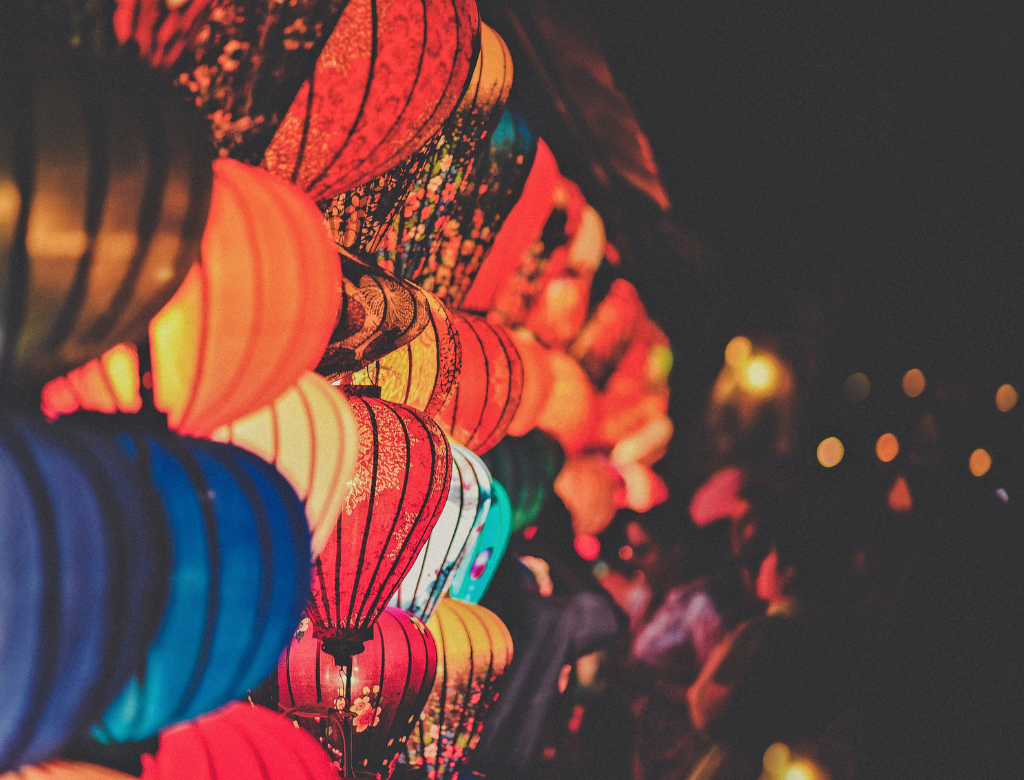Festival Schedules and Participation Tips in Japan
Festival Schedules and Participation Tips in Japan
Japanese festivals offer a unique opportunity to experience regional culture and traditions. Below are the schedules for major festivals and tips for participating in them.
Major Festival Schedules
Sapporo Snow Festival: Held in February, featuring snow and ice sculptures.
Tokyo's Sanja Matsuri: Takes place in May, a traditional festival in Asakusa.
Nara's Kasuga Wakamiya On-Matsuri: Occurs in December, featuring ancient rituals.
Kochi's Yosakoi Festival: Held in August, known for colorful costumes and dynamic dances.
Tokushima's Awa Odori: Takes place in August, famous for its passionate dances.
Nagasaki Lantern Festival: Held in February, inspired by Chinese Spring Festival.
Fukuoka's Hakata Dontaku: Takes place in May, featuring a citizen-participatory parade.
Sendai's Tanabata Festival: Held in August, known for its colorful Tanabata decorations.
Okayama's Momotaro Festival: Takes place in August, based on the Momotaro legend.
Takayama Festival: Held in April and October, famous for its luxurious floats.
Tips and Advice for Participation
Plan Ahead: Book accommodations and transportation early for large festivals.
Dress and Essentials: Prepare appropriate clothing and hydration for the season.
Respect Local Rules and Manners: Honor each festival's unique customs and enjoy the local culture.
Stay Safe: Be mindful of valuables in crowds and ensure children's safety.
These festivals provide valuable experiences of Japanese culture and an opportunity to engage with local communities.




Comments
Post a Comment